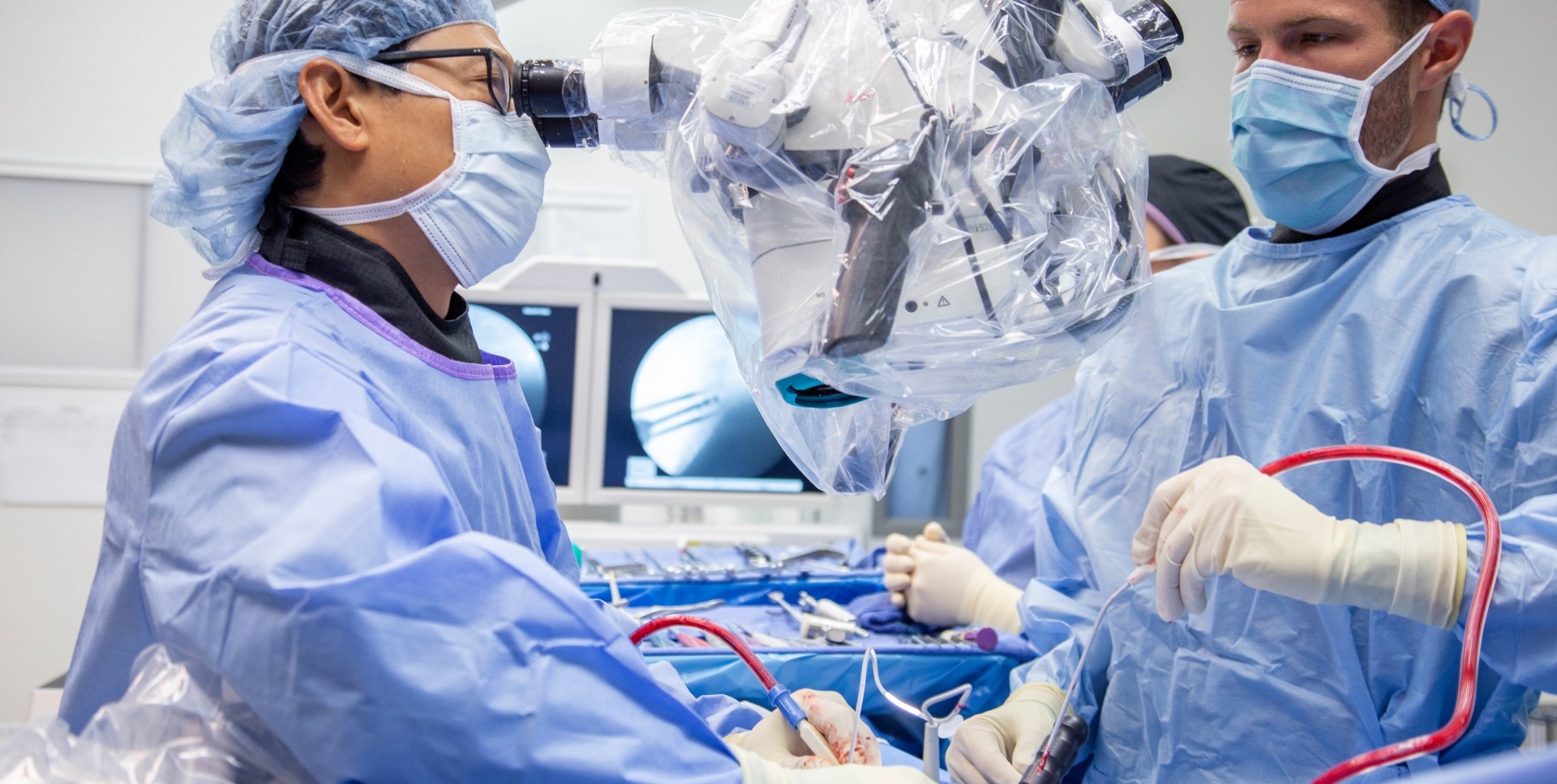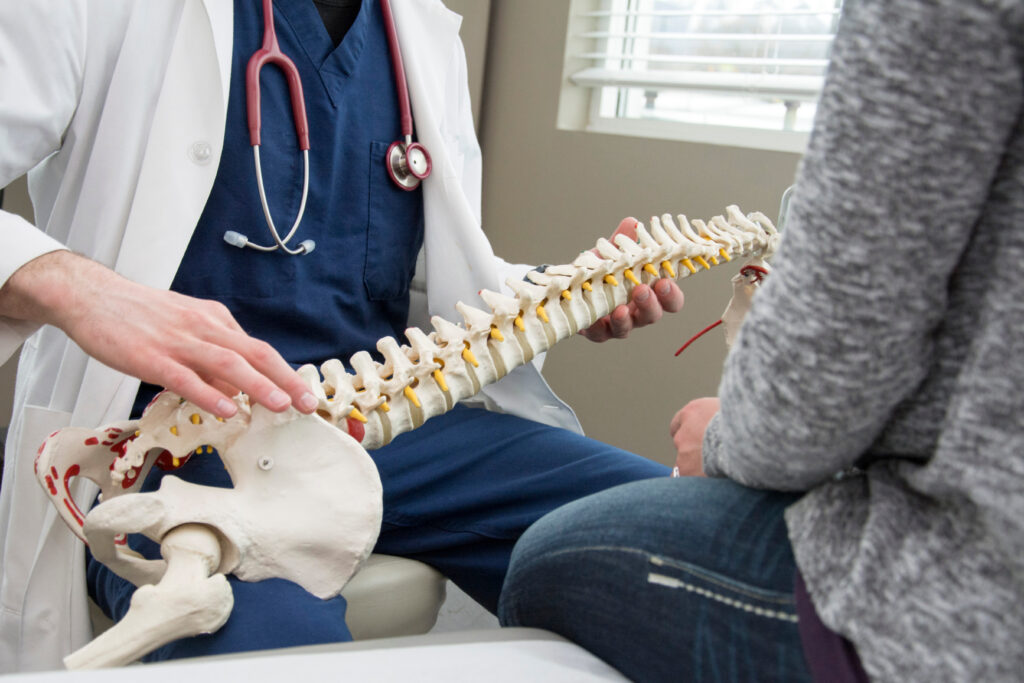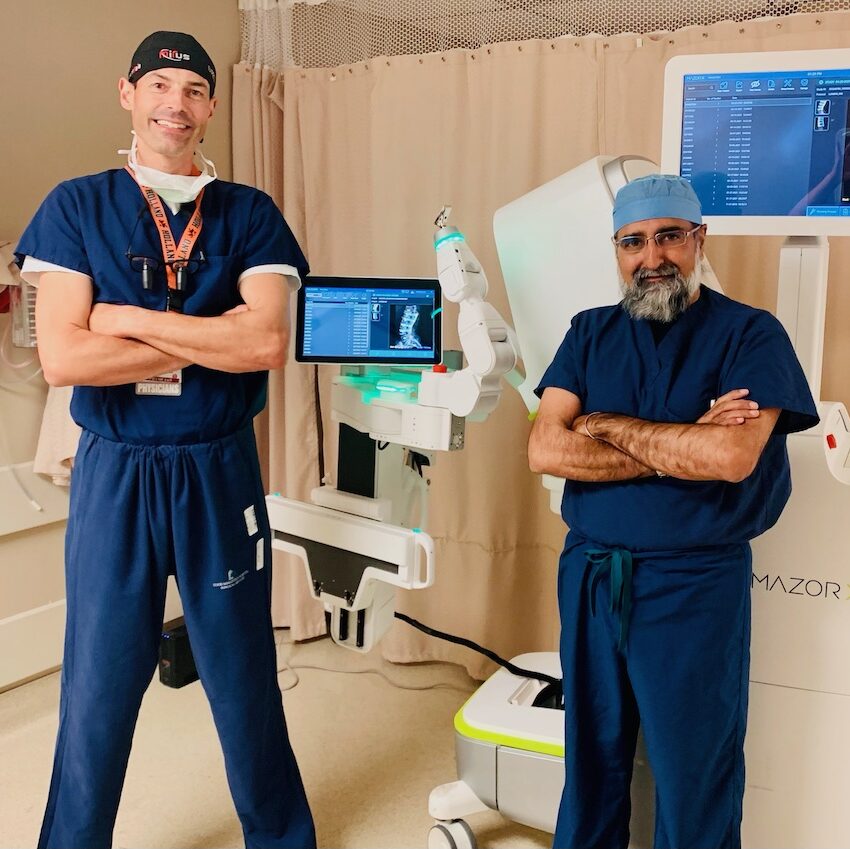How Insurance policy Works with the Best Spine Surgeons in St Louis MO
What Spine Issues Normally Cause Surgical Procedures for Alleviation?
When conventional therapy choices fail to supply ample relief from consistent pain and functional impairment,Spinal column issues that warrant medical treatment frequently develop. Conditions such as herniated discs, spine constriction, and degenerative disc disease regularly cause operations targeted at reducing symptoms and restoring wheelchair. Comprehending the certain indicators for surgical treatment and the kinds of treatments offered is essential for both clients and healthcare suppliers. As we check out the intricacies bordering these spinal column concerns, it ends up being apparent that the decision to seek medical alternatives is multifaceted and warrants careful factor to consider.

Herniated Discs
Herniated discs are an usual spine condition that often results in surgical treatment when conventional therapies fall short. This problem happens when the soft internal gel of a spinal disc protrudes with a tear in the harder external layer, potentially pressing close-by nerves. Symptoms commonly include local pain, emitting pain in the limbs, and neurological shortages such as tingling or weak point.

Surgical procedure intends to minimize discomfort and bring back function by getting rid of the herniated part of the disc or maintaining the affected spinal sector. While lots of people experience substantial improvement complying with surgical procedure, it is important to evaluate the advantages and risks in examination with a certified spinal column professional. Eventually, prompt intervention is necessary to enhance and prevent more problems lifestyle for individuals experiencing from this devastating problem.
Spine Constriction
Experiencing spine stenosis can considerably influence a person's flexibility and lifestyle. This problem occurs when the back canal narrows, placing pressure on the spine and nerves. Generally seen in the lumbar (reduced back) and cervical (neck) regions, back constriction commonly arises from degenerative changes linked with aging, such as joint inflammation, disc herniation, or thickening of tendons.
Signs of spinal stenosis can vary, yet they generally include pain, numbness, tingling, and weakness in the extremities. These signs and symptoms may aggravate with task or extended standing and usually boost with remainder. In severe instances, people may experience problems with balance and control, causing a heightened risk of drops.
When conventional therapies, such as physical treatment, drugs, and way of life adjustments, fail to minimize signs and symptoms, surgical intervention might be thought about. Treatments like laminectomy or spine combination aim to unwind the affected nerves and stabilize the back. Early medical diagnosis and treatment are vital in handling back stenosis efficiently and preserving flexibility, eventually enhancing the patient's general top quality of life.
Spondylolisthesis
Spondylolisthesis occurs when one vertebra slips onward over the one listed below it, possibly resulting in back instability and nerve compression. This problem can develop from different elements, including genetic defects, degenerative modifications, trauma, or recurring stress injuries. Signs typically include lower neck and back pain, stiffness, and radiating pain in the legs, which can substantially affect everyday activities and overall quality of life.
Diagnosis normally involves a detailed scientific examination, imaging studies such as X-rays or MRI, and evaluation of neurological function. The degree of slippage is categorized into qualities, with higher grades showing much more severe variation and a greater possibility of surgical treatment.

Very early diagnosis and ideal administration are essential in avoiding more complications and improving client outcomes. As spondylolisthesis can lead to persistent pain and impairment, prompt intervention is necessary for bring back spinal health.
Degenerative Disc Condition
Degenerative Disc Illness (DDD) is a problem characterized by the steady deterioration of the intervertebral discs, which serve as vital shock absorbers between the vertebrae of the back. As these discs shed hydration and elasticity over time, they end up being much less effective at cushioning the vertebrae, leading to raised rubbing and anxiety on the spine frameworks.
Clients with DDD frequently experience signs and symptoms such as persistent back discomfort, tightness, and decreased flexibility (best spine surgeons in st louis mo). The condition can also lead to nerve compression if the deteriorated discs bulge or herniate, leading to radicular discomfort, weak point, or pins and needles in check over here the limbs
Therapy alternatives variety from conventional procedures, including physical therapy and discomfort management, to even more intrusive procedures when conventional measures fail. Surgical interventions, such as back blend or synthetic disc replacement, may be shown for clients with considerable discomfort and functional problems.
Back Tumors
Spinal tumors, which can be benign or malignant, stand for an additional considerable reason for back conditions that may necessitate surgical intervention (best spine surgeons in st louis mo). These growths can stem within the spinal column (main tumors) or technique from various other components of the body (additional tumors) Their visibility can bring about numerous symptoms, consisting of localized pain, neurological deficits, and modifications in wheelchair
Surgical therapy for back tumors usually intends to alleviate signs by getting rid of the tumor, maintaining the spine, and resolving any kind of compressive impacts on the spine or nerves. Indicators for surgical procedure typically include substantial pain not responsive to traditional therapies, or neurological disability resulting from the growth's growth.

It is important for clients providing with symptoms suggestive of back growths to go through extensive analysis evaluations, consisting of imaging researches and biopsies, to figure out the ideal strategy (best spine surgeons in st louis mo). Early detection and treatment can significantly improve person outcomes and lifestyle
Conclusion
In summary, numerous back problems, consisting of herniated discs, spinal constriction, spondylolisthesis, degenerative disc illness, and spine tumors, usually demand medical intervention when conventional treatments stop working to supply relief. These conditions bring about considerable discomfort and functional problems, prompting the consideration of treatments such as discectomy, back fusion, and laminectomy. Ultimately, medical choices goal to alleviate pain, improve mobility, and recover top quality of life for individuals impacted by these debilitating spine disorders.
Problems such as herniated discs, back stenosis, and degenerative disc disease frequently lead to surgical procedures intended at relieving symptoms and restoring mobility.Herniated discs are a common back problem that frequently leads to surgical intervention when traditional therapies stop why not find out more working. Surgical treatments, such as spinal fusion or fabricated disc replacement, may be shown for people with substantial pain and functional impairment.Spinal tumors, which can be benign or malignant, stand for another considerable cause of spinal problems that may require medical intervention.In summary, different spine concerns, including herniated discs, spinal constriction, spondylolisthesis, degenerative disc disease, and spinal tumors, usually demand medical intervention when conservative therapies stop working to provide relief.